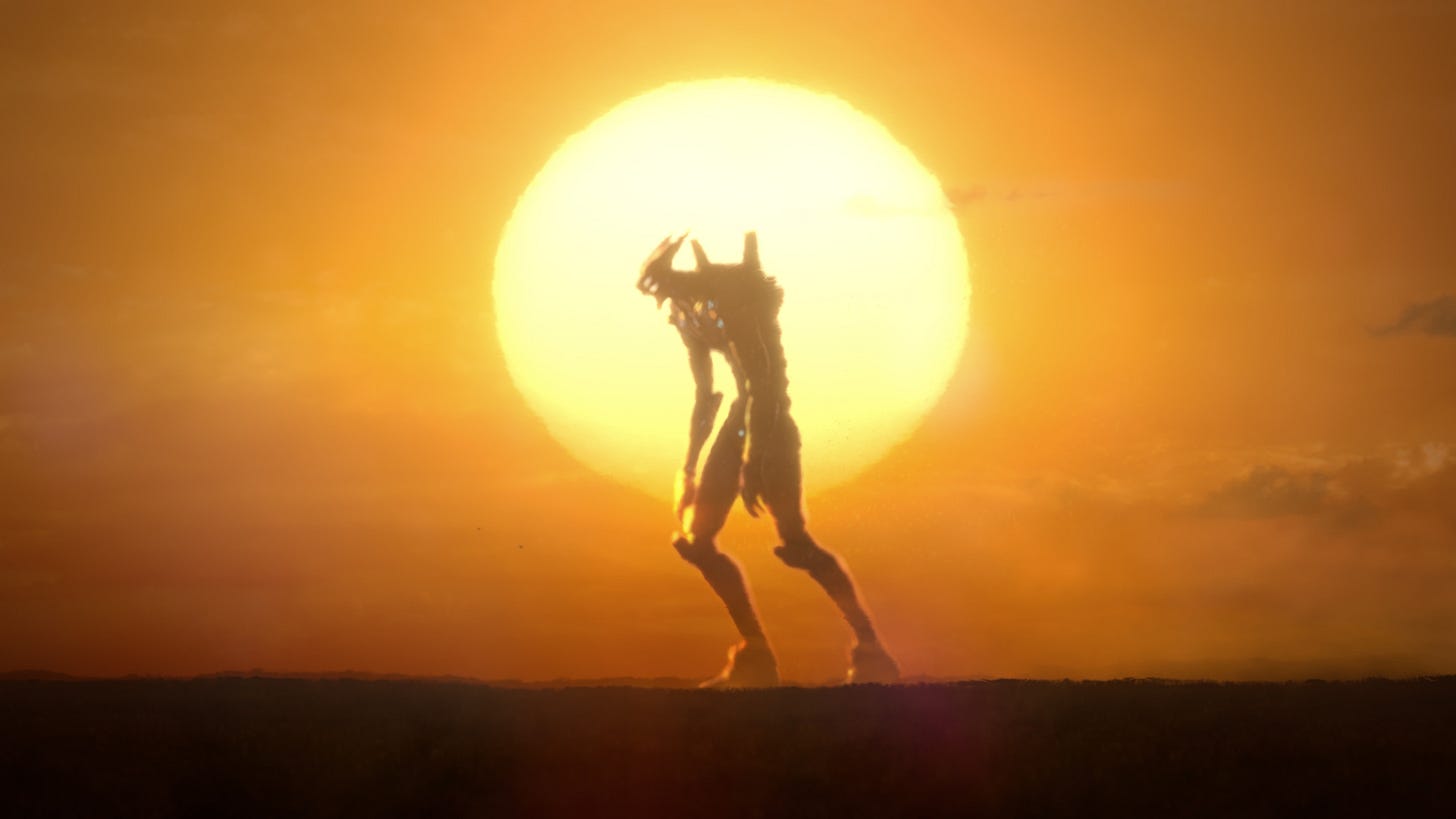Tokyo Heat
More thoughts on how climate change is reshaping Japanese culture
My latest essay for The New Yorker, “The Shock of Japan’s Extreme Heat,” profiles the impact of rising temperatures on Japanese cultures popular and traditional. Please check it out! As anyone who has spent any amount of time in Japan or studying things Japanese knows, the seasons and the weat…




